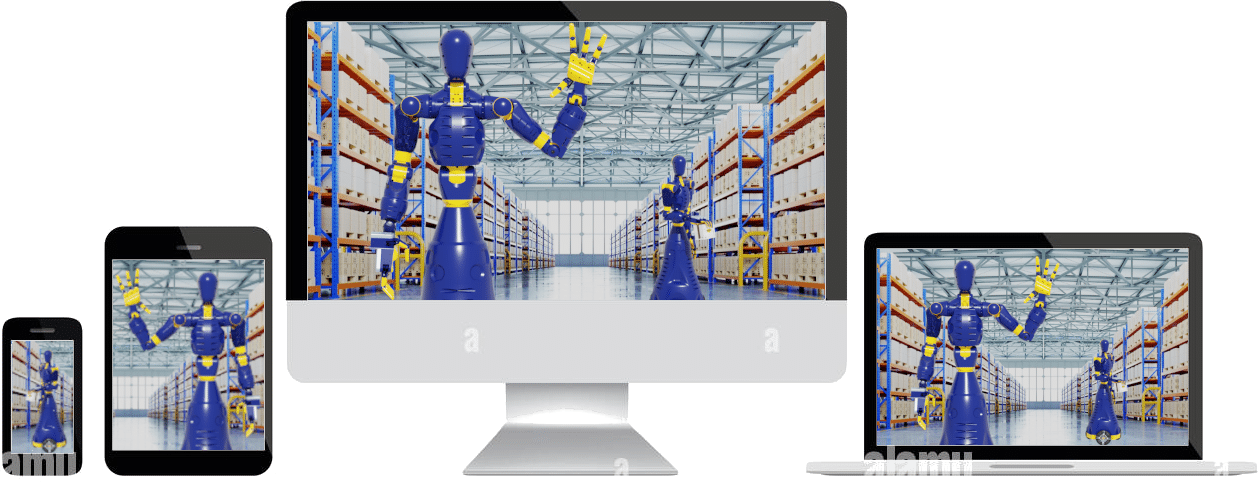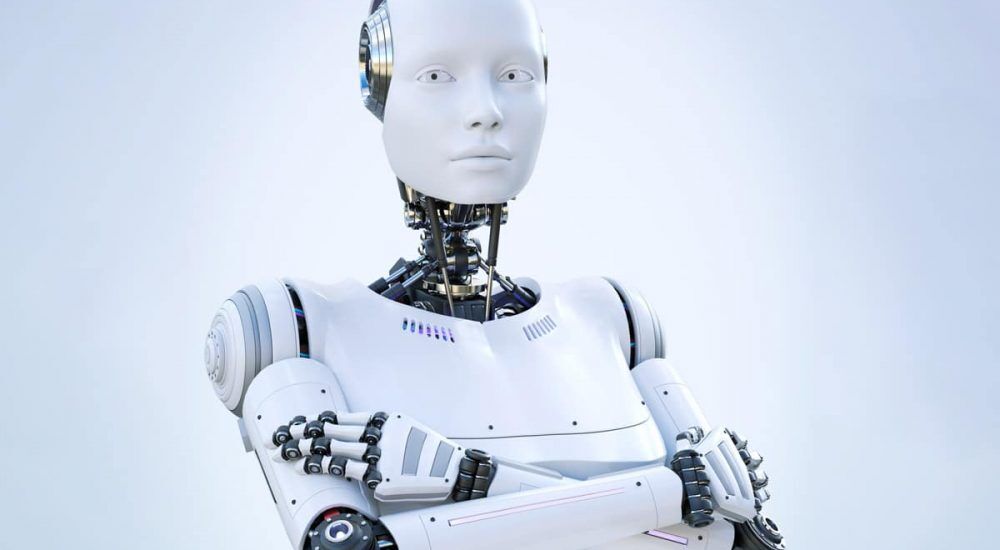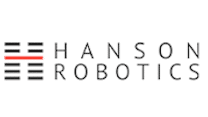To me, Bethany Plaza is a superwoman. She not only runs three companies but is very active in the tech industry. You’ll find her speaking at conferences, overseeing robot production in WorkFar’s manufacturing plant or helping companies with their digital transformation strategies. And when she is not working, Bethany spends her ‘free’ time coaching and mentoring women in tech and helping transform victims of abuse to victors.
Recently I got to pick her brain on a variety of topics – from key trends we’ll expect to see in 2023 to why humans shouldn’t worry about robots taking over their jobs. Here are highlights from our interaction.
How did you get interested in tech?
I always learned things very quickly – much faster than my peers. I also get bored fast. Given technology is rapidly changing, it clearly presents ongoing growth opportunities for me as well as learning how to leverage emerging tech to positively impact businesses.
What are some trends you are seeing in robotics?
The robotics industry is growing rapidly, and there are many exciting developments on the horizon. Some of the notable trends that I am seeing are:
- Advancements in artificial intelligence (AI): There has been a significant increase in the development of AI algorithms, leading to the creation of more intelligent robots that can perform tasks with greater accuracy and efficiency.
- Increased use of robotics in manufacturing: Robotics is becoming increasingly popular in manufacturing industries as it helps to reduce costs and increase productivity.
- Expansion of the service robotics market: Service robots, such as delivery robots, customer service robots, and personal assistant robots, are becoming more prevalent, especially in the retail and hospitality industries.
- Growth of collaborative robots (Cobots): Cobots are robots that work alongside humans, and they have become increasingly popular due to their ability to augment human capabilities and improve workplace safety.
- Development of humanoid robots: There has been a significant increase in the development of humanoid robots. They are being developed for a variety of purposes, including entertainment, education, and research.
What are some of the challenges you are seeing when it comes to adopting humanoid robots in warehouses or in manufacturing?
I see three notable challenges –
- Human interaction with robots: Robots can be better utilized when they are designed to work in collaboration with humans. In an industrial setting, robots have to interact with humans in some form or another. However, human interaction is a major challenge in the field of robotics. Cobots are currently being developed that can collaborate cohesively with humans. However, to perfect the combo is a challenge. An ideal cobot must be able to understand human emotions, language, and behavior. Creating fully functional cobots that can accurately understand their human coworkers would require further advancement in NLU, NLP, NLG, and behavior recognition technologies. Only then will true human-robot partnership become possible and bring increased efficiency and productivity to organizations.
- Creating better power sources: Most present-day robots are highly inefficient in terms of energy consumption. Not much advancement has occurred in the development of power sources for robots. These robots still rely on age-old power generation and storage techniques. The batteries used in robots deplete fairly quickly, which would demand multiple full batteries to be kept on hand at all times. The age-old power sources such as lithium-ion and nickel-metal hydride are still being used for robots. Thus, there is a need to develop new energy sources that can power robots for longer periods of time and that have high safety standards.
- Mapping work environments: Robots are still not able to navigate through obstacles in their path. Even if a robot is trained to understand its environment, the slightest of alterations would force the robots to re-learn and adapt to new environments. This can lead to delays in executing tasks and even, potentially, increasing accidents. Machine learning and computer vision technologies are currently being leveraged to overcome the mapping challenge. However, these technologies aren’t foolproof and function best only in very controlled environments. Real-life scenarios are highly unpredictable. For example, autonomous cars perform best under controlled conditions but have proven to be unreliable in real-world cases.
People are worried about robots taking over jobs. Will WorkFar robots replace humans?
Absolutely not. The WorkFar robots are designed to work in sync with humans. In fact, our humanoid robots are built for hard work, long hours, and heavy lifting and are operated by humans. So while the robots work 24×7, the humans work regular hours. And we also don’t have any plans to replace humans with robots.
What do you do when you are not running companies?
When I am not running companies, I support other women in tech – coaching them on how to effectively conquer challenges in the workplace, career pathing, etc.











